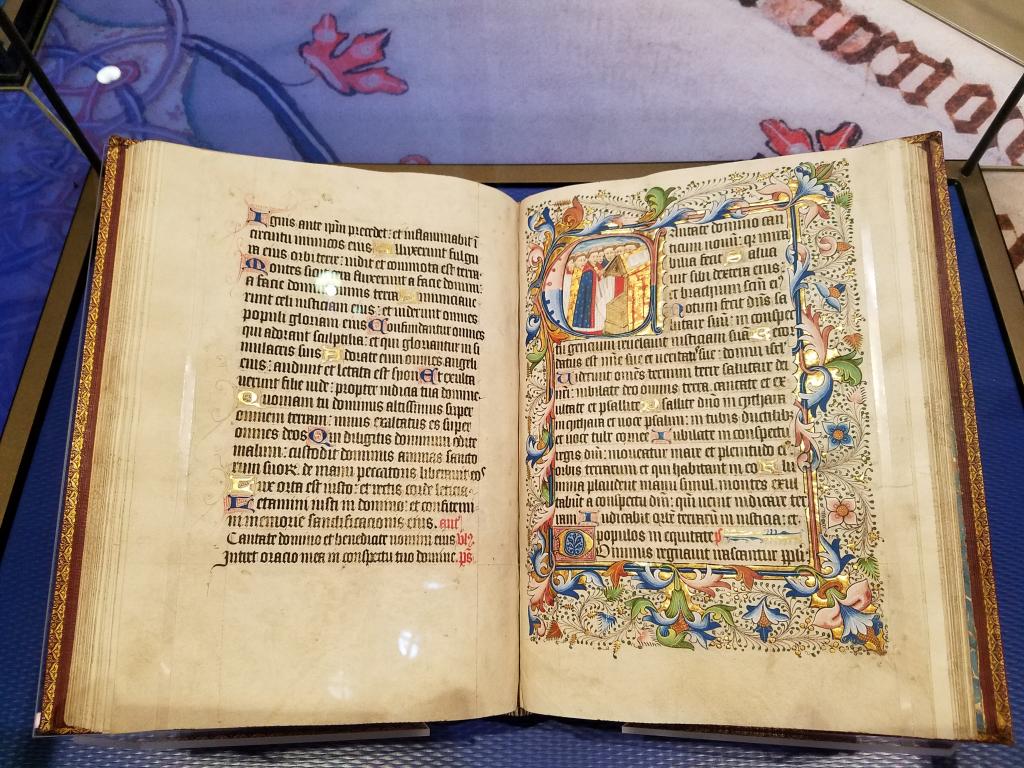Here’s a older post by Larry Hurtado on why Mark’s Gospel survived even though 95% can be found in Matthew, plus lots of other valuable material. See what you think? BW3
—-
Why did the Gospel of Mark Survive?
by larryhurtado
One of the many curiosities in the study of the NT and earliest Christianity is the early history and fortunes of the Gospel of Mark (hereafter, GMark). On the one hand (assuming the dominant view of Mark’s priority), the GMark appears to have been very influential. It is widely thought that the authors of the Gospels of Matthew and Luke were likely prompted to write the kind of Jesus-books that they did by GMark. Indeed, we scholars judge that GMark was the principal model and most significant source for them. GMatthew appropriates about 90% of GMark, and GLuke uses ca. 60% of GMark, each of them also, of course, following the basic “storyline” of GMark, commencing Jesus’ ministry in the context of John the Baptizer and taking the story on through to Jesus’ execution and resurrection. Indeed, a case has been made that GMark was also known and influential for the author of the Gospel of John. But, even if we confine ourselves to GMatthew and GLuke, if imitation is the highest compliment, the author of GMark did very well indeed!
On the other hand, to judge from the evidence of ciations and identiable allusions in early Christian writers, and also from the comparative number of extant early copies of the Gospels, GMark seems not to have been cited, copied or read nearly as much as the others (especially GMatthew and GJohn). From among remnants of early Christian manuscripts of literary texts dated to the first three centuries CE, we have only one sure copy of GMark (in the Chester Beatty Gospels codex known as “P45,” dated ca. 250 CE). By contrast, we have remnants of at least a dozen copies of GMatthew, at least sixteen copies of GJohn, and seven copies of GLuke. For further perspective, we have remnants of three copies of the Gospel of Thomas. (For further details, see my discussion in The Earliest Christian Artifacts: Manuscripts and Christian Origins, pp. 15-41.) In short, it looks like GMark suffered an almost total eclipse in the second century CE.
But, curiously, in our earliest extant manuscript that was apparently intended to put in one codex the Gospels regarded as scripture (for/by those for whom the manuscript was copied), GMark is there among the “fab four” that thereafter comprise the four Gospels of the NT. Practically lost from sight, submerged from view in the second century evidence, GMark bobs up again like a cork in the water and takes a place in P45. And, granted, earlier in Irenaeus’ work, Against Heresies (3.11.8; ca. 175-190 CE), the familiar four Gospels are named as the only ones to be accepted (interestingly, GMark is named last here).
So, a couple of obvious questions present themselves: Why was GMark apparently given comparatively so little attention in the second century, after having such a remarkable influence initially? And why, given its comparatively less popular usage (neglect?) in the second century, did GMark nevertheless survive and, indeed, acquire a place among what became the canonical accounts of Jesus?
It makes an interesting contrast with what we think happened to “Q” (or at least those of us who accept the “Q” hypothesis). As widely thought among scholars, “Q” was also used as a major source (in this case, for a body of Jesus’ sayings) by the authors of GMatthew and GLuke. In response to those who ask why this “Q” didn’t survive, the typical answer is to say that “Q” was so heavily absorbed into GMatthew and GLuke that it was rendered thereafter redundant, and simply couldn’t compete with these more elegant and rich narrative Gospels. OK. So, why didn’t something similar happen to GMark? It too (so we commonly think) was heavily absorbed into GMatthew and GLuke, and (as noted) seems thereafter to have suffered a comparative decline in usage. But it survived, somehow, and indeed obtained a prestigious place in the Christian canon of scriptures.
Once the other Gospels appeared, especially GMatthew, we can, perhaps, understand more readily why GMark was comparatively neglected. Just about everything in GMark appears also in GMatthew, and a whole lot more in addition. But the more difficult question is why did GMark not suffer the same fate as ascribed to “Q”?
For my money (until someone comes along with a more persuasive suggestion), the early association of GMark with the Apostle Peter was likely at least one major factor. This tradition is reflected already in Irenaeus (Against Heresies, 3.10.5), and he was likely passing on a tradition that went back earlier still. (In the early 4th century, Eusebius, Ecclesiastical History 2.15-16, ascribes a similar tradition to the 2nd-century figures Clement of Alexandria and Papias.)
In any case, even after acquiring a spot among the canonical Gospels, GMark continued to be comparatively less used down the centuries. This changed only in the 19th century, when GMark came to be seen as the earliest Gospel, and therefore more valuable as a historical source for the “historical” Jesus. The comparative simplicity of GMark was likewise then perceived as a virtue. (For a review of the historical fortunes of GMark, see Brenda Deen Schildgen, Power and Prejudice: The Reception of the Gospel of Mark, Wayne State University Press, 1999.) Nowadays, GMark might even be the preferred Gospel by many.
But, in addition to its inherent value and fascination, GMark presents us with these questions about its early fortunes.













